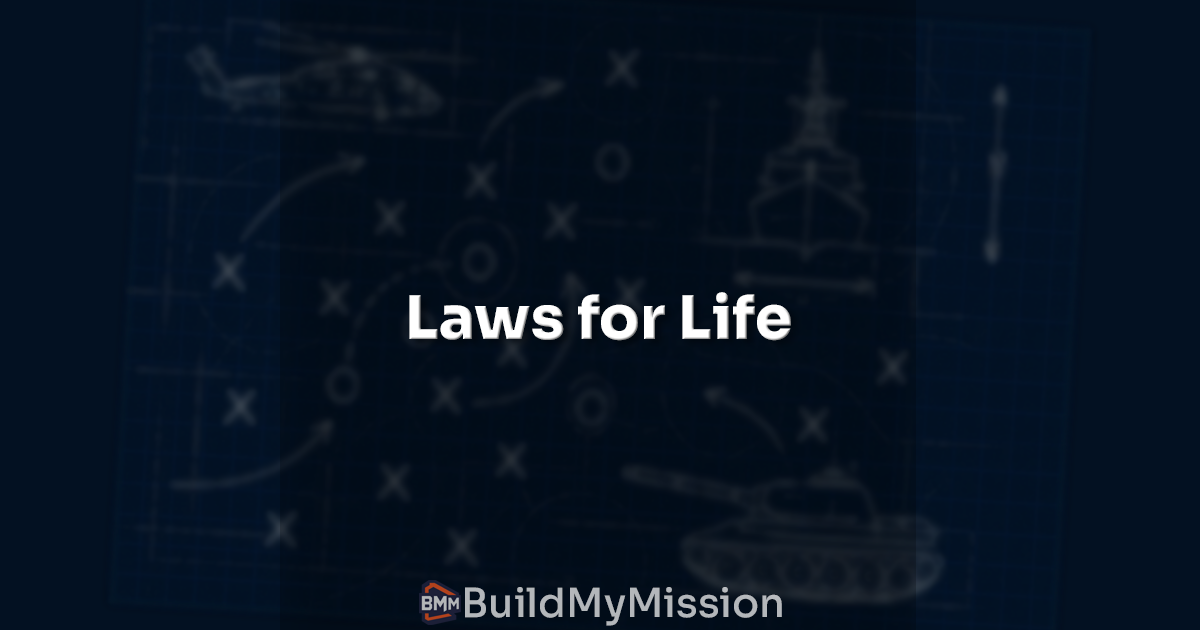Gall's Law
4 minute read

Gall’s Law is a principle from systems theory that reminds you to start simple. If you try to build something complex from scratch, chances are it won’t work. But if you start with something small and functional, and improve it step by step, you’re much more likely to end up with something effective. This applies to software, businesses, habits—anything that involves systems.
TL;DR
Start with a simple version that works. Improve it over time. Complex systems succeed when they evolve from simpler ones, not when they’re built all at once.
Start small, then expand. Never aim for the perfected system right from the start. Build a small system that works, then iterate over it, and improve it incrementally.
What Is Gall’s Law?
Gall’s Law comes from John Gall’s book Systemantics, and it says:
“A complex system that works is invariably found to have evolved from a simple system that worked.”
This means you should resist the urge to build your “final version” first. Trying to design every detail from the start usually leads to failure. Instead, focus on building a small version that works and use it as a foundation.
Why Simplicity Wins
When you start simple:
- You can test and learn faster.
- Mistakes are smaller and easier to fix.
- You get to real results sooner.
- You avoid the trap of perfectionism.
Think of it like building a treehouse before a mansion. You learn what works on a small scale, then grow from there.
Real-Life Examples
In Tech
Big software companies often release minimum viable products (MVPs). Instagram started as a photo filter app. Twitter began as a side project. They didn’t launch with every feature—they evolved over time.
In Fitness
If you try to build the perfect 6-day workout plan right away, you’ll probably burn out. But if you start by walking every day and slowly add more, you’re building a system that lasts.
In Entrepreneurship
A simple side hustle that solves a problem can grow into a full business. You don’t need a perfect website, brand, and operations manual on day one. You just need something that helps people.
This website is a good example of this. We knew what we wanted to build. We started building out the outline of content but that started to grow out of control. So, we decided to start with a fixed number of pages we want to have in place and then can expand from there.
In truth, it would’ve been better if we were more strict and released each section as a “release”, but it wasn’t terrible critical in this case. We just wanted to get something out there and then iterate on it.
How to Apply Gall’s Law
Start with a core function.
- What’s the smallest version that still works?
- Strip it down to the essentials.
Launch early.
- Don’t wait until it’s perfect.
- Use feedback to guide your next steps.
Iterate constantly.
- Add complexity only when it adds value.
- Keep reviewing and improving.
Avoid over-designing.
- Complexity increases risk, cost, and confusion.
- Simple systems are easier to understand and manage.
Using AI to Stay Lean
AI tools can help you start small and move fast:
- Use ChatGPT to brainstorm ideas or write your first draft.
- Use Notion AI to build and organize project plans.
These tools let you test your ideas without needing a complex setup.
What Happens When You Ignore Gall’s Law
If you try to build something big and complex from day one, you’ll likely face:
- Delays and endless tweaks
- Cost overruns
- Confusion and poor user experience
- Total failure before launch - it will collapse under its own weight
Many failed startups, projects, and systems make this mistake. They aim for perfection and miss the point: you need something that works first. See: Perfection is the Enemy of progress.
Final Thought
Gall’s Law teaches you a powerful truth: success is a process, not a grand plan. Don’t waste time trying to get everything right from the start. Build something simple that works, then evolve it. That’s how lasting systems are born.
Source: thebasics.guide